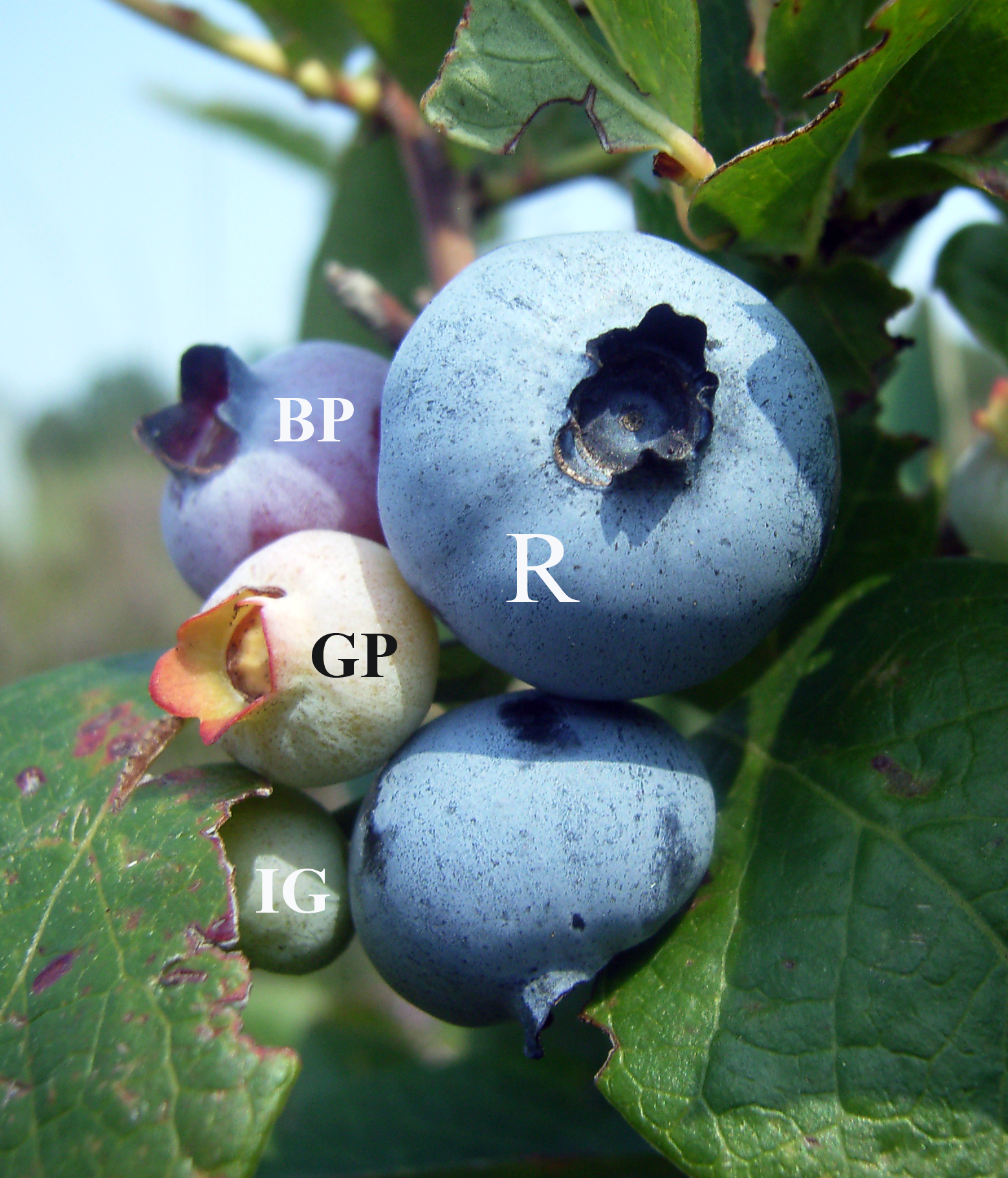|
Pelargonidin
Pelargonidin is an anthocyanidin, a type of plant pigment producing a characteristic orange color used in food and industrial dyes. Natural occurrences Presence in flowers Pelargonidin can be found in red geraniums (Geraniaceae). It is the predominant pigment causing the red coloration in the spathes of ''Philodendron'' (Araceae). The orange-coloured flowers of blue pimpernel (''Anagallis monelli'', Myrsinaceae) have a higher concentration of pelargonidin pigment. Red and Pink Roses (Rosa) obtain their color from this phytochemical. Presence in food Pelargonidin can be found in berries such as ripe Raspberry, raspberries and Strawberry, strawberries, as well as Blueberry, blueberries, Blackberry, blackberries, Cranberry, cranberries but also in saskatoon berries and chokeberries. It is also found in plums and pomegranates. Pelargonidin gives red radish, radishes their color. It is present in large amounts in kidney beans. Glycosides In many plant systems, Pelargonidin c ... [...More Info...] [...Related Items...] OR: [Wikipedia] [Google] [Baidu] [Amazon] |
Pelargonidin 3-glucoside
Callistephin is an anthocyanin. It is the 3-''O''-glucoside of pelargonidin. It is found in pomegranate juice, in strawberries, and in purple corn. It is also found in the berry skins of Cabernet Sauvignon and Pinot Noir grapes ''(Vitis vinifera'' L.). See also * ''Callistephus'' References Anthocyanins Flavonoid glucosides {{aromatic-stub ... [...More Info...] [...Related Items...] OR: [Wikipedia] [Google] [Baidu] [Amazon] |
Anthocyanidin
Anthocyanidins are common plant pigments, the aglycones of anthocyanins. They are based on the flavylium cation, an oxonium ion, with various groups substituent, substituted for its hydrogen atoms. They generally change color from red through purple, blue, and bluish green as a function of pH. Anthocyanidins are an important subclass of the polymethine dyes and flavonoids. The flavylium cation is a chromenylium cation with a phenyl group substituted in position 2; and chromenylium (also called benzopyrylium) is a bicyclic version of pyrylium. The positive charge can move around the molecule. At least 31 monomeric anthocyanidins have been properly identified in living organisms, mostly as the core components of anthocyanins. The latter are responsible for the red, purple, blue, or black color of many fruits (like grapes and blueberry, blueberries), flowers (like roses), leaves (like purple cabbage), and even tubers (like radishes and purple yams). They are also found in some ... [...More Info...] [...Related Items...] OR: [Wikipedia] [Google] [Baidu] [Amazon] |
List Of Compounds With Carbon Number 15
This is a partial list of molecules that contain 15 carbon Carbon () is a chemical element; it has chemical symbol, symbol C and atomic number 6. It is nonmetallic and tetravalence, tetravalent—meaning that its atoms are able to form up to four covalent bonds due to its valence shell exhibiting 4 ... atoms. See also * Carbon number * List of compounds with carbon number 14 * List of compounds with carbon number 16 References {{DEFAULTSORT:Dictionary Of Chemical Formulas/Merge/C15 C15 ... [...More Info...] [...Related Items...] OR: [Wikipedia] [Google] [Baidu] [Amazon] |
List Of Phytochemicals In Food
The following is a list of phytochemicals present in foods. Terpenoids (isoprenoids) Carotenoids ( tetraterpenoids) ''Carotenes'' orange pigments * α-Carotene – to vitamin A: carrots, pumpkins, maize, tangerine, orange * β-Carotene – to vitamin A: dark, leafy greens, red, orange and yellow fruits and vegetables. * γ-Carotene - to vitamin A * δ-Carotene * ε-carotene * Lycopene: Vietnamese Gac, tomatoes, grapefruit, watermelon, guava, apricots, carrots, autumn olive. * Neurosporene: tomato, pink grapefruit,watermelon * Phytofluene: star fruit, sweet potato, orange * Phytoene: sweet potato, orange '' Xanthophylls'' yellow pigments * Canthaxanthin: paprika, mushrooms, crustaceans, fish and eggs . * β-Cryptoxanthin to vitamin A: mango, tangerine, orange, papaya, peaches, avocado, pea, grapefruit, kiwi * Zeaxanthin: wolfberry, spinach, kale, turnip greens, maize, eggs, red pepper, pumpkin, orange * Astaxanthin: microalgae, yeast, ... [...More Info...] [...Related Items...] OR: [Wikipedia] [Google] [Baidu] [Amazon] |
Anthocyanidins
Anthocyanidins are common plant pigments, the aglycones of anthocyanins. They are based on the flavylium cation, an oxonium ion, with various groups substituent, substituted for its hydrogen atoms. They generally change color from red through purple, blue, and bluish green as a function of pH. Anthocyanidins are an important subclass of the polymethine dyes and flavonoids. The flavylium cation is a chromenylium cation with a phenyl group substituted in position 2; and chromenylium (also called benzopyrylium) is a bicyclic version of pyrylium. The positive charge can move around the molecule. At least 31 monomeric anthocyanidins have been properly identified in living organisms, mostly as the core components of anthocyanins. The latter are responsible for the red, purple, blue, or black color of many fruits (like grapes and blueberry, blueberries), flowers (like roses), leaves (like purple cabbage), and even tubers (like radishes and purple yams). They are also found in some ... [...More Info...] [...Related Items...] OR: [Wikipedia] [Google] [Baidu] [Amazon] |
Philodendron
''Philodendron'' is a large genus of flowering plants in the family Araceae. , the Plants of the World Online accepted 621 species; other sources accept different numbers. Regardless of number of species, the genus is the second-largest member of the family Araceae, after genus ''Anthurium''. Taxonomically, the genus ''Philodendron'' is still poorly known, with many undescribed species. Many are grown as ornamental and indoor plants. The name derives from the Greek words ''philo-'' 'love, affection' and ''dendron'' 'tree'. The generic name, ''Philodendron'', is often used as the English name. Description Growth habit Compared to other genera of the family Araceae, philodendrons have an extremely diverse array of growth methods. The habits of growth can be epiphytic, hemiepiphytic, or rarely terrestrial. Others can show a combination of these growth habits depending on the environment. Hemiepiphytic philodendrons can be classified into two types: primary and secondary hemiepiphy ... [...More Info...] [...Related Items...] OR: [Wikipedia] [Google] [Baidu] [Amazon] |
Strawberry
The garden strawberry (or simply strawberry; ''Fragaria × ananassa'') is a widely grown Hybrid (biology), hybrid plant cultivated worldwide for its fruit. The genus ''Fragaria'', the strawberries, is in the rose family, Rosaceae. The fruit is appreciated for its aroma, bright red colour, juicy texture, and sweetness. It is eaten either fresh or in prepared foods such as fruit preserves, jam, ice cream, and chocolates. Artificial strawberry flavourings and aromas are widely used in commercial products. Botanically, the strawberry is not a berry (botany), berry, but an aggregate fruit, aggregate accessory fruit, accessory fruit. Each apparent 'seed' on the outside of the strawberry is actually an achene, a botanical fruit with a seed inside it. The garden strawberry was first bred in Brittany, France, in the 1750s via a cross of ''Virginia strawberry, F. virginiana'' from eastern North America and ''Fragaria chiloensis, F. chiloensis'', which was brought from Chile by Amédé ... [...More Info...] [...Related Items...] OR: [Wikipedia] [Google] [Baidu] [Amazon] |
Blueberry
Blueberries are a widely distributed and widespread group of perennial flowering plants with blue or purple berries. They are classified in the section ''Cyanococcus'' with the genus ''Vaccinium''. Commercial blueberries—both wild (lowbush) and cultivated (highbush)—are all native to North America. The highbush varieties were introduced into Europe during the 1930s. Blueberries are usually prostrate shrubs that can vary in size from to in height. In the commercial production of blueberries, the species with small, pea-size berries growing on low-level bushes are known as "lowbush blueberries" (synonymous with "wild"), while the species with larger berries growing on taller, cultivated bushes are known as "highbush blueberries". Canada is the leading producer of lowbush blueberries, while the United States produces some 40% of the world's supply of highbush blueberries. Description Many species of blueberries grow wild in North America, including '' Vaccinium myrtilloi ... [...More Info...] [...Related Items...] OR: [Wikipedia] [Google] [Baidu] [Amazon] |
Blackberry
BlackBerry is a discontinued brand of handheld devices and related mobile services, originally developed and maintained by the Canadian company Research In Motion (RIM, later known as BlackBerry Limited) until 2016. The first BlackBerry device launched in 1999 in North America, running on the Mobitex network (later also DataTAC) and became very popular because of its "always on" state and ability to send and receive email messages wirelessly. The BlackBerry pioneered push notifications and popularized the practise of " thumb typing" using its QWERTY keyboard, something that would become a trademark feature of the line. In its early years, the BlackBerry proved to be a major advantage over the (typically) one-way communication pagers and it also removed the need for users to tether to personal computers. It became especially used in the corporate world in the US and Canada. RIM debuted the BlackBerry in Europe in September 2001, but it had less appeal there where text mess ... [...More Info...] [...Related Items...] OR: [Wikipedia] [Google] [Baidu] [Amazon] |
Cranberry
Cranberries are a group of evergreen dwarf shrubs or trailing vines in the subgenus ''Oxycoccus'' of the genus ''Vaccinium''. Cranberries are low, creeping shrubs or vines up to long and in height; they have slender stems that are not thickly woody and have small evergreen leaves. The flowers are dark pink. The fruit is a berry (botany), berry that is larger than the leaves of the plant; it is initially light green, turning red when ripe. It is edible, but has an acidic taste. In Britain, ''cranberry'' may refer to the native species ''Vaccinium oxycoccos'', while in North America, ''cranberry'' may refer to ''Vaccinium macrocarpon''. ''Vaccinium oxycoccos'' is cultivated in central and northern Europe, while ''V. macrocarpon'' is cultivated throughout the northern United States, Canada and Chile. In some methods of classification, ''Oxycoccus'' is regarded as a genus in its own right. Cranberries can be found in acidic bogs throughout the cooler regions of the North ... [...More Info...] [...Related Items...] OR: [Wikipedia] [Google] [Baidu] [Amazon] |
Saskatoon Berries
''Amelanchier alnifolia'', the saskatoon berry, Pacific serviceberry, western serviceberry, western shadbush, or western juneberry, is a shrub native to North America. It is a member of the rose family, and bears an edible berry-like fruit. Description It is a deciduous shrub or small tree that most often grows to , rarely to , in height. Its growth form spans from suckering and forming colonies to clumped. The leaves are oval to nearly circular, long and broad, on a leaf stem, with margins toothed mostly above the middle. As with all species in the genus ''Amelanchier'', the flowers are white, with five quite separate petals and five sepals. In ''A. alnifolia'', they are about across, with 20 stamens and five styles, appearing on short racemes of 3–20, somewhat crowded together, blooming from April to July. The fruit is a small purple pome in diameter, ripening in early summer. It has a waxy bloom. Saskatoon species can be relatively difficult to distinguish. ... [...More Info...] [...Related Items...] OR: [Wikipedia] [Google] [Baidu] [Amazon] |




